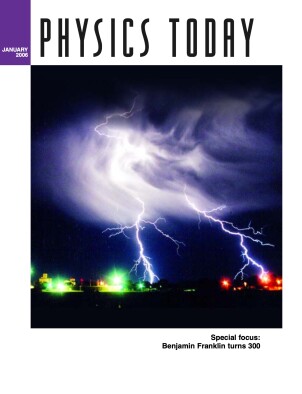Gravity map of tides under Antarctica
DOI: 10.1063/1.4797284
Scientists have known for decades about tidal flows along the Antarctic Ocean’s floor that can lift an entire coastline by as much as 3 meters and simultaneously erode or melt the underside of the ice sheet. The availability of only a few in situ measurements, however, has made the large-scale process difficult to model. Geoscientists from the Ohio State University and the National Astronomical Observatory of Japan have now mapped the tides using GRACE—a pair of satellites with known separation whose minute differences in orbital acceleration are used to repeatedly measure Earth’s entire gravity field. As shown here, the large moving mass of water in the tides could be extracted from GRACE’s data. The top map shows the height fluctuations resulting from the twice-daily lunar tides; the result of the solar tides appears on the bottom. (S.-C. Han, C. K. Shum, K. Matsumoto, Geophys. Res. Lett. 32 , L20311, 2005 http://dx.doi.org/10.1029/2005GL024296

